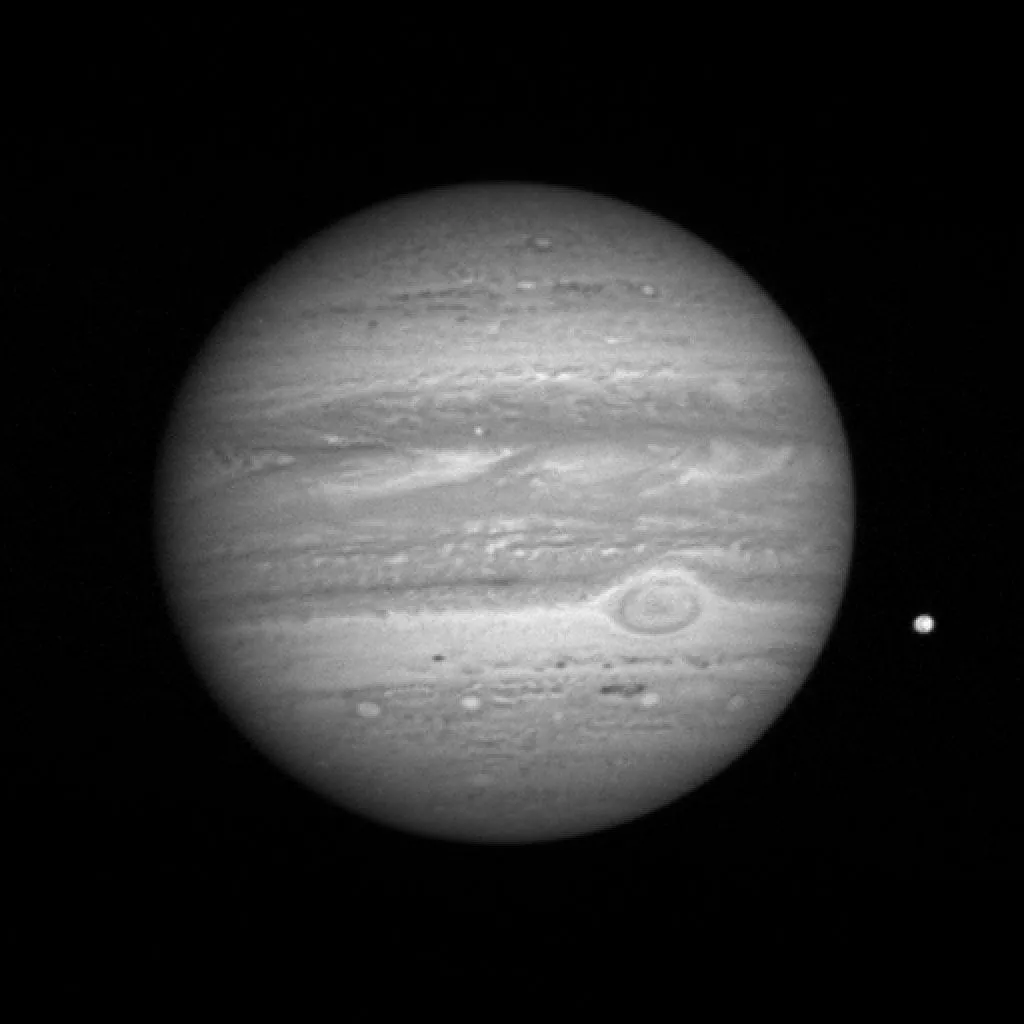New Horizons is making headlines today with its historic flyby of Pluto – and if that's caught your imagination, welcome to the tip of the iceberg! Deep space exploration represents some of humanity's most astonishing achievements, so we've decided to feature five active space missions that absolutely blow our minds. Meet the Mars Orbiter, New Horizons, Rosetta and the intrepid Voyager spacecraft in our second State of the Game video presentation.
State of the Game Deep Space Exploration
Many thanks to NASA, ESA and ISRO for their assistance. Images and video used with permission.
For more interesting facts and images from all five of our featured missions, check out our photo gallery.

NASA

NASA

NASA
Custom video animations by Jake Turner.






































